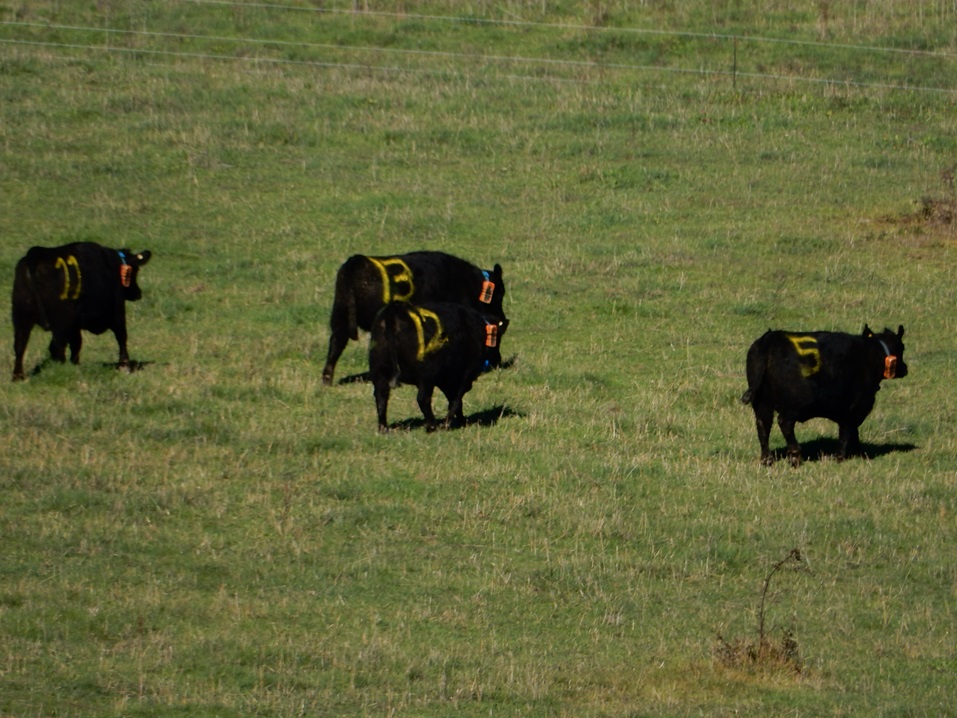Virtual fencing – autonomous animal control
Virtual fencing – autonomous animal control
CSIRO and Agersens are turning autonomous animal control into a reality.
What is virtual fencing?
Virtual fencing is an animal-friendly fencing system that enables livestock to be confined or moved without using fixed fences. CSIRO’s patented virtual fencing technology uses coordinates, wireless technologies and sensors to control the location of livestock without the need for an actual fence.
Industry benefits and demands
There has been significant industry interest in virtual fencing systems because of recognised benefits such as:
- productivity and profitability through improved feed utilisation and better matching of animal demands to feed supply and quality
- improved environmental and sustainability outcomes such as reduced overgrazing and better weed control and nutrient management
- improved labour efficiencies and reduced capital investment in fencing.

World leaders
CSIRO are world leaders in virtual fencing. Since commencing in this area in 2005, our R&D has led to highlights such as:
- demonstrating that we could ‘control’ livestock using effective and ethical delivery of cues and controls
- developing an autonomous control system based on understanding and adjusting to the animals’ behaviour
- quantifying the stress responses of livestock to demonstrate the ethical nature of the system
- demonstrating benefits of the technology such as keeping animals out of environmentally sensitive areas, constraining them to desired areas within a paddock and keeping bulls apart.
Commercialisation
We work closely with our commercial partner, Agersens, on evaluating prototypes, optimising livestock behavioural responses, minimising welfare impacts and developing on-farm applications for the technology.
Current and future work
We have significant intellectual property available to further develop benefits of this technology for industry.
We continue to undertake significant national research looking at the safe and effective application in the beef, dairy and sheep industries, and how to further extend the environmental benefits such as improved weed management.
Originally published on CSIRO News on 22 October 2018.
